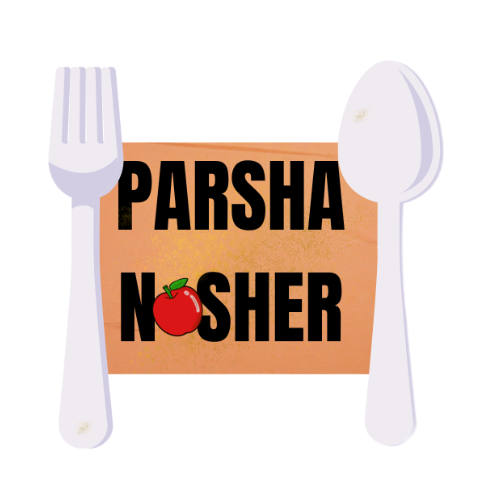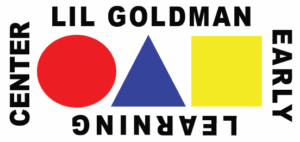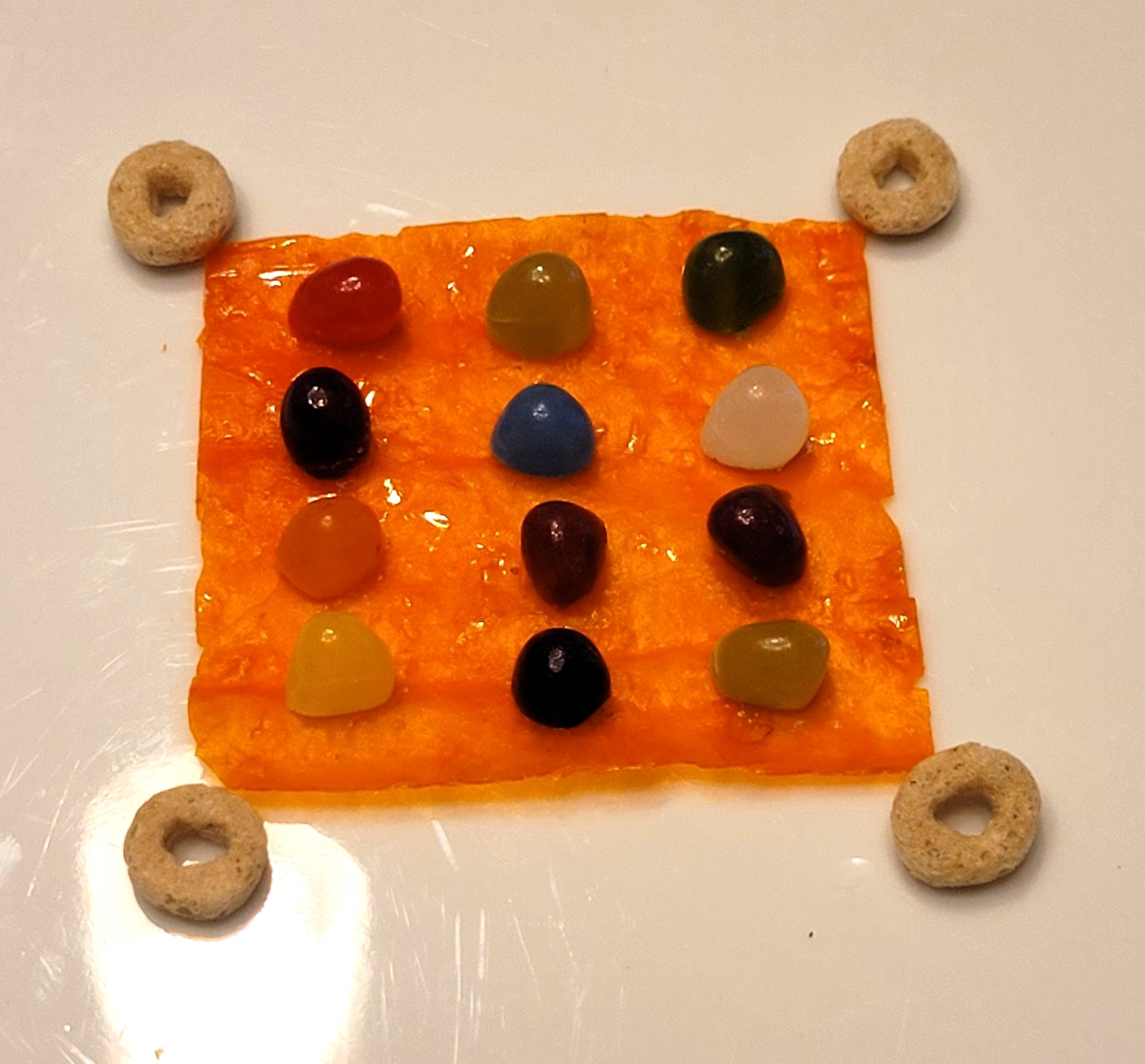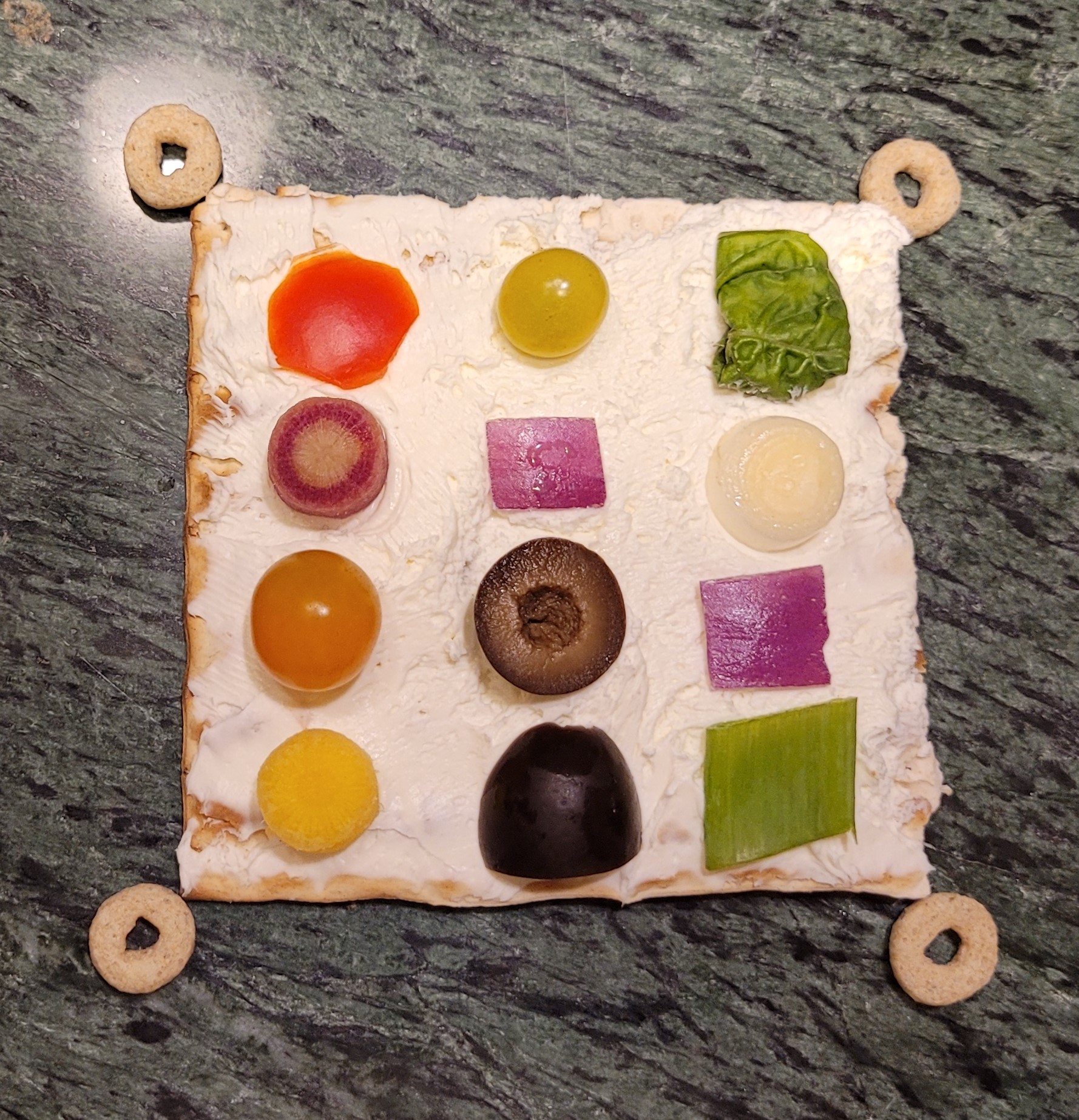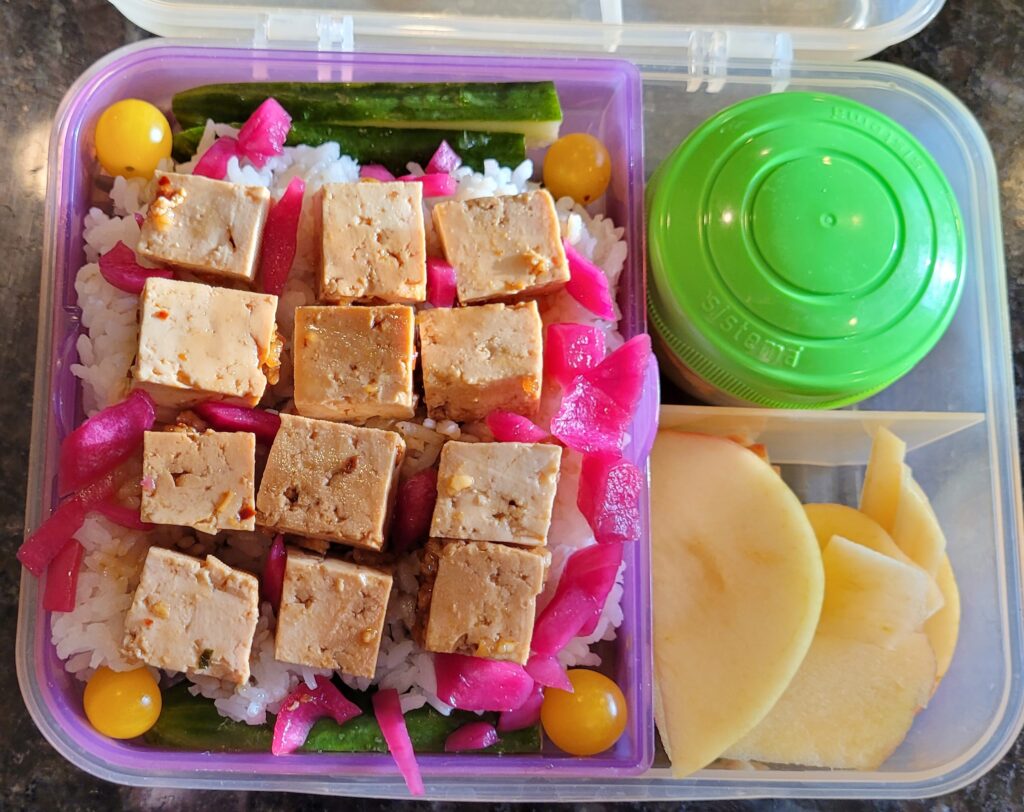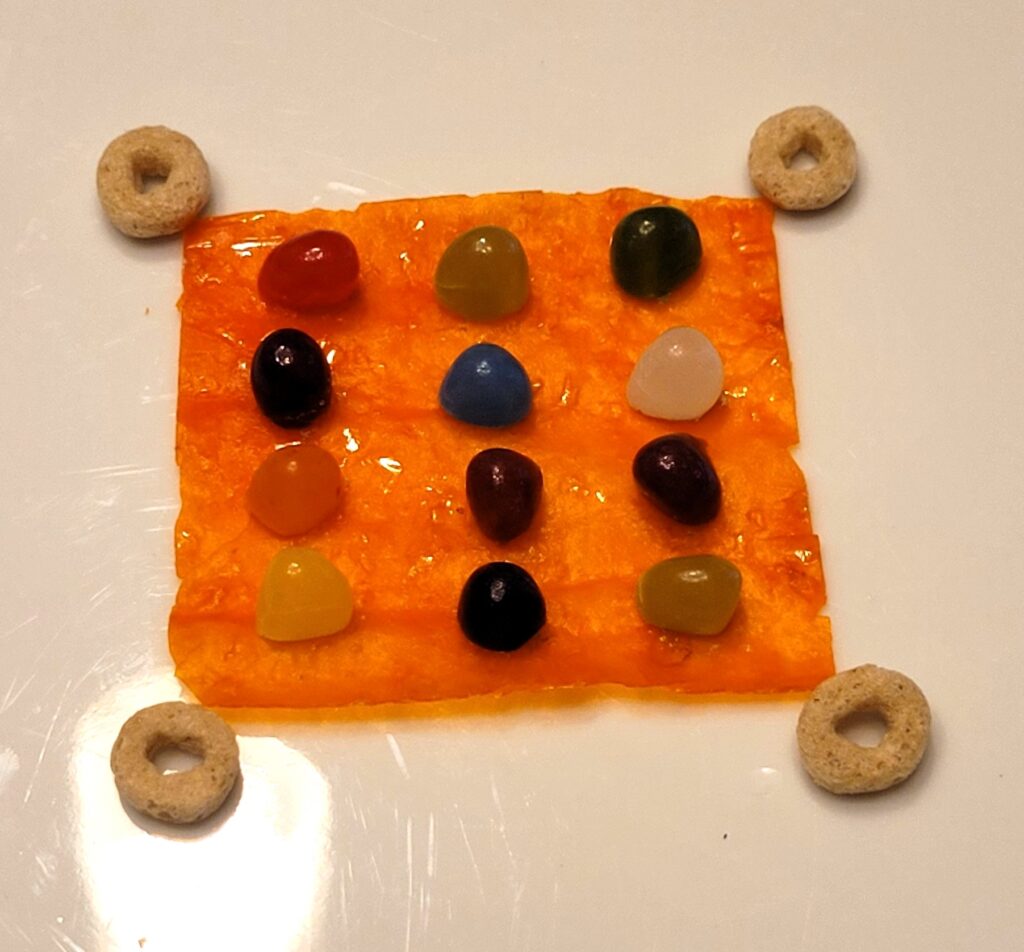| Now order the children of Yisrael (Israel) to bring you pure olive oil, to fuel an eternal flame. | Ve’ata tetzave et bnei Yisrael veyik’khu eilecha shemen zayit zach ktit laimor leha’alot neir tamid. | וְאַתָּה תְּצַוֶּה אֶת־בְּנֵי יִשְׂרָאֵל וְיִקְחוּ אֵלֶיךָ שֶׁמֶן זַיִת זָךְ כָּתִית לַמָּאוֹר לְהַעֲלֹת נֵר תָּמִיד׃ |
Torah Thoughts
Do we Still have a Choice if the Choice is Made for Us?
The Cohanim, being Aaron and his descendents, wore special garments when performing their duties. The high priest (“Kohen Gadol,” of whom Aaron was the first) wore additional garments as well. These were not only to mark him as the high priest.
The high priest wore an apron (“Eiphod”) of colorful, precious fabric. On the straps of the garment he wore two stones, each of which was inscribed with the names of six of the twelve tribes.
On top of that, and attached to the straps of the Eiphod, the high priest wore the Choshen (pronounced “KHohshen”). It was made of the same colorful cloth as the Eiphod. It contained four rows of precious stones, each of which represented one of the tribes. On each corner there was a gold ring used to attach it to the Eiphod.
The “urim” and “tumim” were then placed by Moshe Rabbeinu in Choshen. It is not entirely clear what these were, and I do not consider myself to be an expert. Rather than attempt to summarize, I highly recommend that you read as much of the traditional commentary to Exodus 28:29-30 as you can. Scroll down from that link to get to the English translations; not everything on Sefaria.com is translated, but much is and more is all the time.
This week we make the Choshen.
Interesting side note: While not really something with which Americans are familiar, the British monarchy bases its ritual of anointing its new monarch on the anointing process found at Exodus 29:7.
For all variations: I recommend using O-shaped cereal (Cheerios, Joe’s Os, etc). unless you have something else that seems to you to be a better “gold ring.”
| Corner Ring | Corner Ring | |||
| Carnelian or Ruby (Red) | Topaz (Yellowish Green) | Diamond (Clear) | ||
| Carbuncle or Red Garnet (Dark Red) | Sapphire (Blue) | Emerald (Green) | ||
| Jacinth (Orange) | Agate (Brown or Purple with Stripes), | Amethyst (Purple) | ||
| Beryl or Chalcedony (Green to Yellow) | Onyx (Black) | Jasper (Bright Green). | ||
| Corner Ring | Corner Ring |
You can try to get the colors as exact as possible (in which case I highly recommend the jelly bean option; unless you have a classroom full of children, or simply love and can use lots of fruit, you may not want to buy 12 different types of fruit just for the colors). You can focus on how the Choshen reminded the Kohen Gadol whom he represented before G-d. You can focus on how, exactly, it was used. Or all of the above.
The examples given are just those; make this fit what you have and what works for you. First decide: Jelly beans, dried fruits, fresh fruits, or veggies?
And for a base, do you want to use leather (pretending it is cloth)? If not, use a graham cracker or regular crackers, possibly with cream cheese (though it will not be as colorful). Make sure the combination is one that tastes good. The size of the base will depend on the size of what you put on it. And remember that the Choshen was square.
Do not attempt to write anything on the “stones” if you are making this Nosh on Shabbat.

